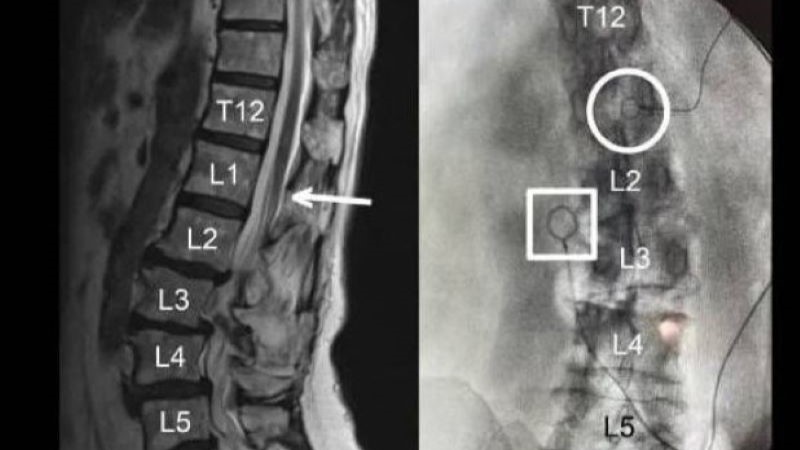
Previous research has established racial/ethnic disparities in total knee arthroplasty (TKA), but data are less conclusive about racial/ethnic disparities in outcomes following surgery. Some studies have found that, after joint arthroplasty, racial/ethnic minorities have lower satisfaction, higher postoperative pain, more residual joint stiffness, and poorer physical function. Researchers recently examined whether preoperative physical function was associated with functional outcomes in TKA among women.
The prospective Women’s Health Initiative was used with linked Medicare claims data for the study. Between Oct. 1, 1993, and Dec. 31, 2014, 10,345 women with Medicare fee-for-service underwent primary TKA. Follow-up was conducted through March 31, 2017. Comparisons were made among Hispanic, black, and white women. The main outcomes were physical functioning scale scores and self-reported activity limitations with walking one block, walking several blocks, and climbing one flight of stairs, measured using the RAND 36-Item Health Survey during the decades before and after surgery. Over the study period, a median of nine physical function measurements per patient were collected.
The racial breakdown of patients was: white women, 9,528 (mean age at surgery, 74.6 years); black women, 622 (mean age at surgery, 73.1 years); and Hispanic women, 175 (mean age at surgery, 73.1 years). During the preoperative decade, black women, compared to white women, had lower physical function scores (mean difference, −5.8; 95% confidence interval [CI], −8.0 to −3.6), as well as a greater likelihood of experiencing difficulty walking a single block (five years before TKA: odds ratio [OR]=1.86; 95% CI, 1.57 to 2.21), walking multiple blocks (OR=2.14; 95% CI, 1.83 to 2.50), and climbing one flight of stairs (OR=1.81; 95% CI, 1.55 to 2.12). During the postoperative decade, black women still had lower physical function scores than white women (mean difference one year postoperatively, –7.8; 95% CI, −10.8 to −4.9). When adjusting for preoperative physical function scores, postoperative scores were attenuated (mean difference one year after postoperatively, −3.0; 95% CI, −5.3 to −0.7); differences were not statistically significant during long-term follow-up. Pre- and postoperatively, Hispanic women and white women had similar physical function scores.
The study was published in JAMA Network Open.
“Efforts to reduce the racial/ethnic gap in postoperative function should be aimed at maintaining functional mobility among black women with arthritis and at reducing delays to surgery once need arises. Investigation into the determinants of delayed use of TKA among black women warrants further attention. Additional research is also merited to understand the greater diversity in experiences and TKA outcomes among Hispanic women,” the researchers wrote in their conclusion.







 © 2025 Mashup Media, LLC, a Formedics Property. All Rights Reserved.
© 2025 Mashup Media, LLC, a Formedics Property. All Rights Reserved.